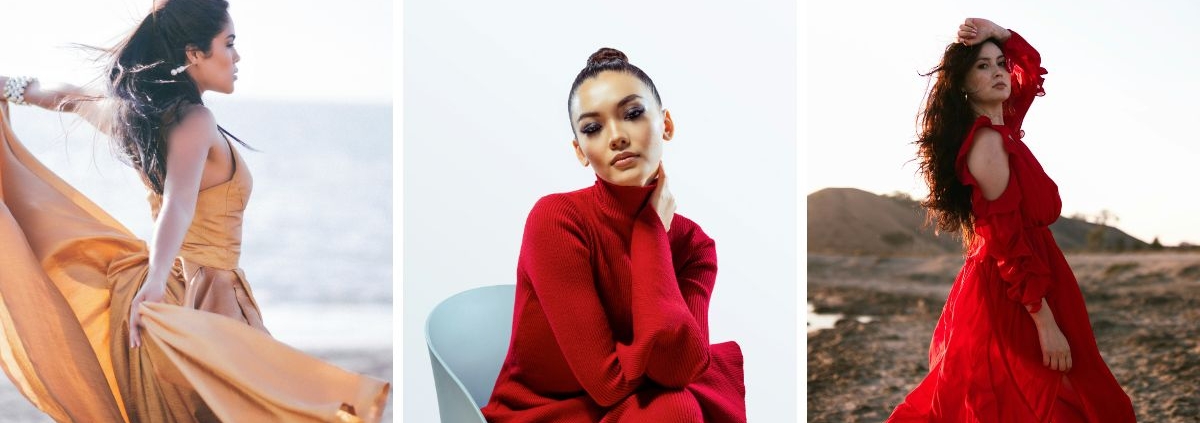Dress Up for the ‘Dressember’ Campaign to Fight Human-Trafficking
By: Laura Bennett
It’s a confronting reality: right now over 27million women and girls are victims of modern-day slavery and trafficking.
That’s the equivalent of the entire population of Australia, enslaved.
For the last 12 years, International Justice Mission’s ‘Dressember’ campaign has used fashion to start conversations about human-trafficking and what can be done to end it.
During the month of December participants are encouraged to “get dressy” wearing a dress or a tie – everyday if your wardrobe allows – and share it online to spread awareness and raise funds.
International Justice Mission’s ‘Dressember’ campaign has used fashion to start conversations about human-trafficking and what can be done to end it.
Singer and actress Moriah Smallbone is advocating for this year’s event and said her childhood in Los Angeles as the daughter of a judge set her up well to fight for the marginalized.
“So much of what I was raised on, was how to defend people,” Moriah said. “Yes, on the legal side of things but also how to advocate for people who don’t have a voice.”
For some people it’s a lack of English-language skills that set them back, for others its financial vulnerability and for many, it’s limited access to education and support. Moriah and her sister “can protect the other person against bullying, against mistreatment”, but not all women are backed that way.
“As we’ve gotten older, we’ve become super grateful for that, because not everybody has that. We have to remember, [trafficked women] are no different from us: all that sets us apart is where we were born, what country we were born into, but we don’t have control over that.
“Dressember recreates the dress to be a symbol of strength, power and freedom. [We wear them] to stop people seeing other humans as reusable.”
The Dress as a Symbol of Strength
The idea of wearing a dress – let alone everyday – could irk some women, including Moriah, but she resonates with the words of Brisbane-based Dressember advocate Natasha Krelle who said:
“Historically dresses have represented fragility, weakness and inequality, [but] Dressember recreates the dress to be a symbol of strength, power and freedom. [We wear them] to stop people seeing other humans as reusable.”
When Moriah wears a traditional Mexican skirt handed down by her grandmother, “it represents different regions of the country, different parts of Mexico”.
“When I put on that skirt, I feel the feminine energy of a whole culture of women who run in skirts, farm in skirts, sew in skirts, work in skirts and dance in these skirts,” Moriah said.
“Every woman in my family, every matriarch, she carries such confidence and such dignity but never demands anything of anyone [and] that’s the spirit I want to carry into every space that I enter.”
With everything else filling our calendars this month and all the obligations Christmas can bring, Moriah thinks in a season “where so much of our focus in on, ‘what do we get?’” it’s important to ask ourselves, “‘what can we give?’”.
Dressember is an initiative of International Justice Mission. For more information, go to the International Justice Mission website
Article supplied with thanks to Hope Media.
Feature image: Chalo Garcia, Andrey Zvyagints, Krutarth Shah, Unsplash
About the Author: Laura Bennett is a media professional, broadcaster and writer from Sydney, Australia.




